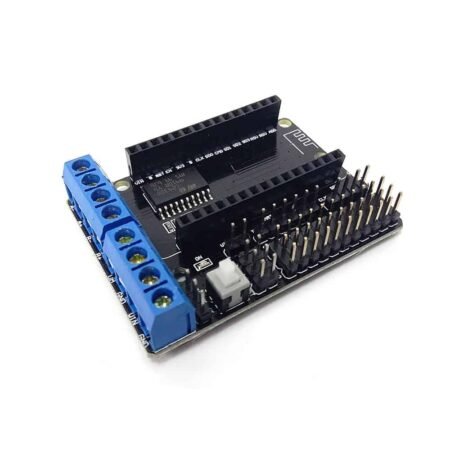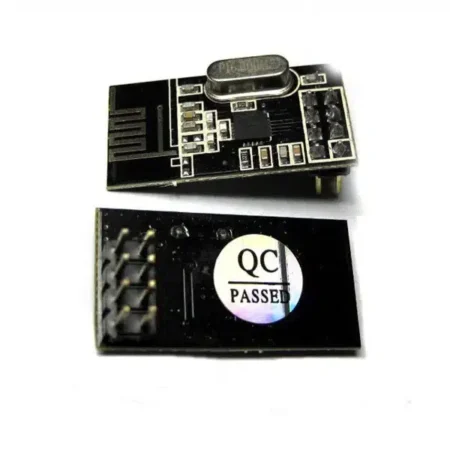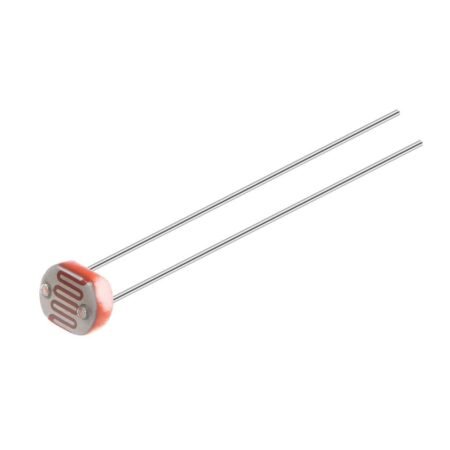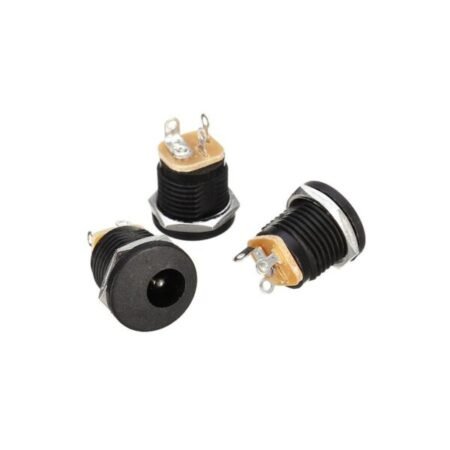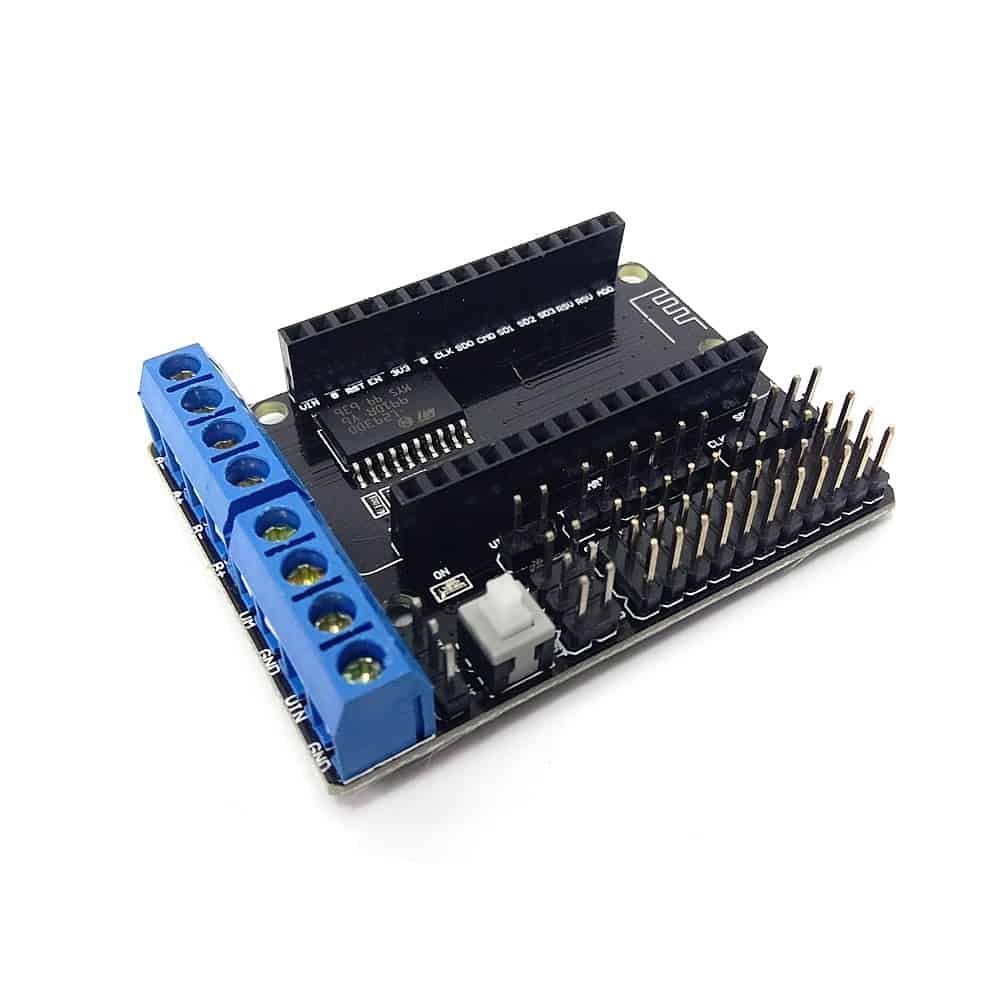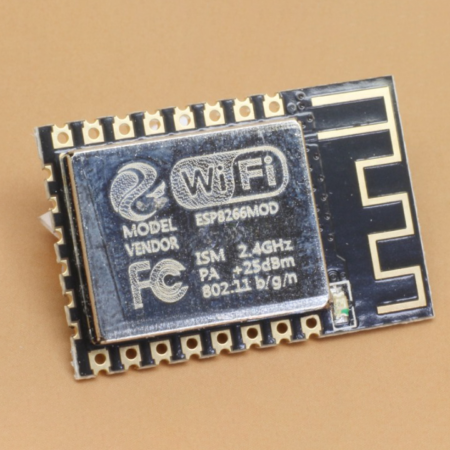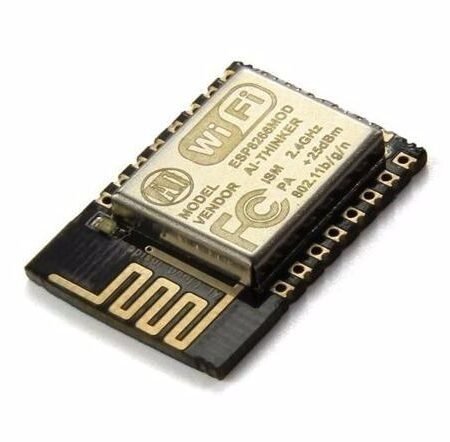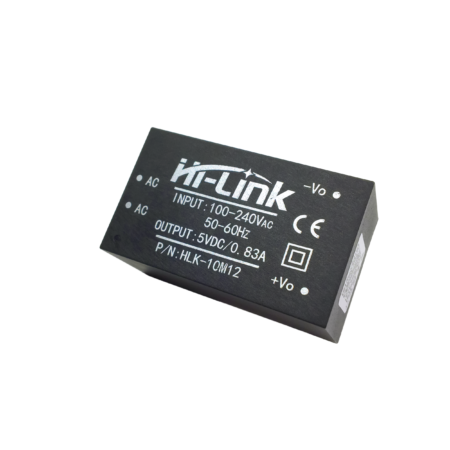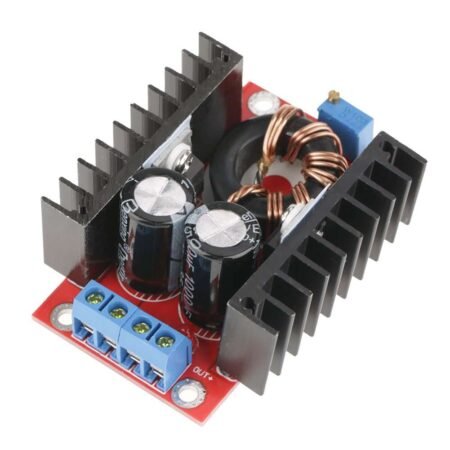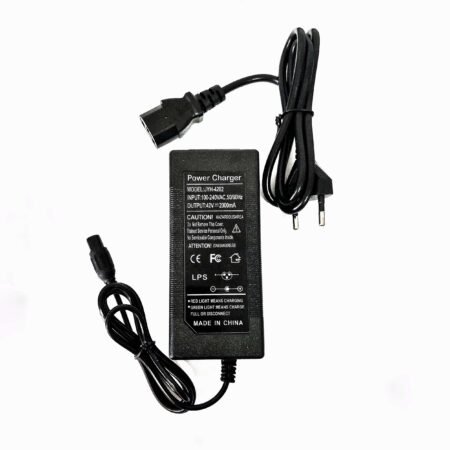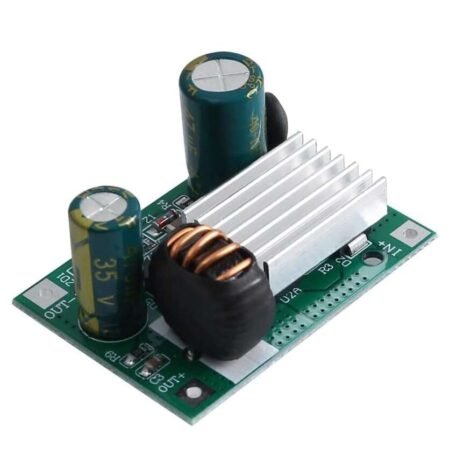NodeMCU is an open-source development board, based on the famous ESP8266 chip (ESP12E or ESP12F), which is a 32-bit controller with an integrated WiFi transceiver. And it is very low cost. Best of all, this board is Arduino IDE compatible, you can utilize the millions of example codes and libraries on NodeMCU. Besides Arduino IDE or Arduino programming language, NodeMCU supports many other languages like LUA script, microPython, etc. With these scripting languages, you can develop your prototype within a few script lines.
This shield is designed for the NodeMCU V2 (narrow width), it comes with an L293D motor driver and breaks the GPIO to headers for easy access when connecting to various sensor modules. With the L293D, this shield supports the control of two (2) brush motor, start, stop, brake, direction and also speed. The shield also extends the GPIO of NodeMCU to header pins in SVG sequence (RC servo alike), not to forget the UART, SPI, Power, and GND pins. There are options to power the board separately or with single power source. The board also comes with a power LED indicator and a latching push button as a power switch.
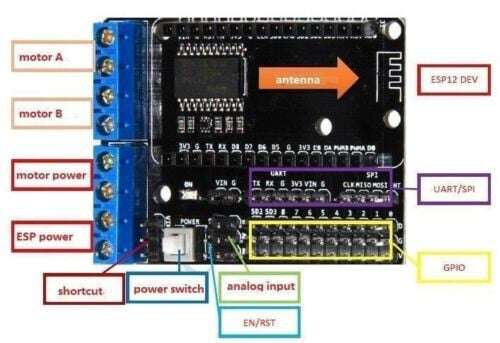
This shield is very convenient and cheap to build or DIY a WiFi RC smart car or any type of robotics or even UAV platform.
Features:
- On Board motor drive L293D IC, support two channels of DC motors via screw terminals
- Motor power supply (VM): 4.5V ~ 36VDC, can be a separate power supply
- Control power (VIN): 4.5V ~ 9V (10V MAX), can be powered separately
- Module provides short-circuit header pin (short VM and VIN), you can easily use one power (which must be 4.5V ~ 9V) simultaneously drive and control the motor.
- Compatible with NodeMCU (narrow width)
- Logic Operating current: ≤60mA (Vi = L), ≤22mA (Vi = H);
- Motor Driver Output Current Per Channel: ≤1.2A (Based on L293D)
- Maximum power dissipation: 4Watt (T = 90 ℃)
- Control signal input level:
- High: 2.3V≤VIH≤VIN
- Low: -0.3V≤VIL≤1.5V
- Working temperature: -25 ℃ ~ + 125 ℃
- Drive Type: Dual high-power H-bridge driver (L293D)
- With NodeMCU based on ESP8266, it supports:
- Support wireless 802.11 b / g / n standards
- Support STA / AP / STA + AP three operating modes
- Built-in TCP / IP protocol stack to support multiple TCP Client connection (5 MAX)
- D0 ~ D8, SD1 ~ SD3: used as GPIO, PWM, IIC, etc., port driver capability 15mA
- AD0: 1 Road ADC
- Current: continuous transmission: ≈70mA (200mA MAX), Standby: <200uA
- Transfer rate: 110-460800bps
- Support UART / GPIO data communication interface
- Remote firmware upgrade (OTA)
- Smart Link supports intelligent networking capabilities
- It can work at many modes, such as: AP mode and STA mode
- Motor Control Pins:
- D1(NodeMCU) = GPIO5(ESP8266) = PWM of Motor A
- D3(NodeMCU) = GPIO0(ESP8266) = DIR of Motor A
- D2(NodeMCU) = GPIO4(ESP8266) = PWM of Motor B
- D4(NodeMCU) = GPIO2(ESP8266) = DIR of Motor B
Resources
- Simplest WiFi Car Using ESP8266 Motorshield, by Andriyf1 in Instructables
- NodeMCU Motor Shield, by Tony Kambourakis in Hackaday.io

